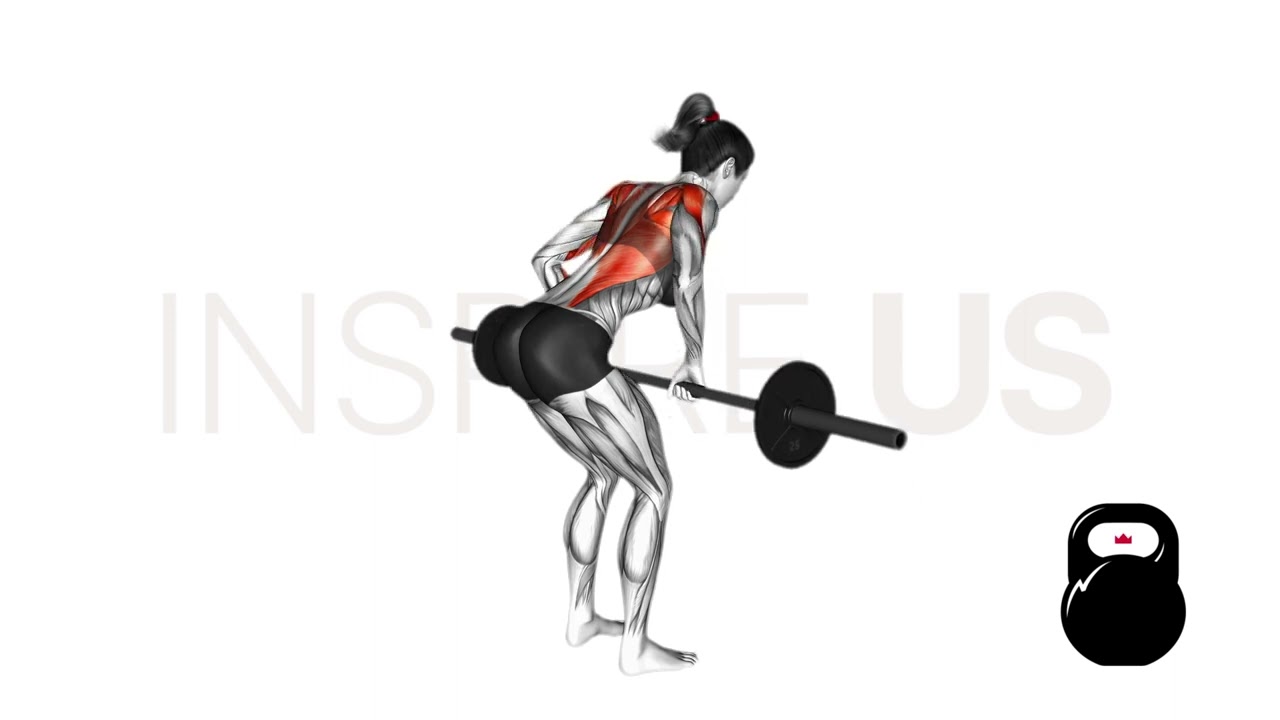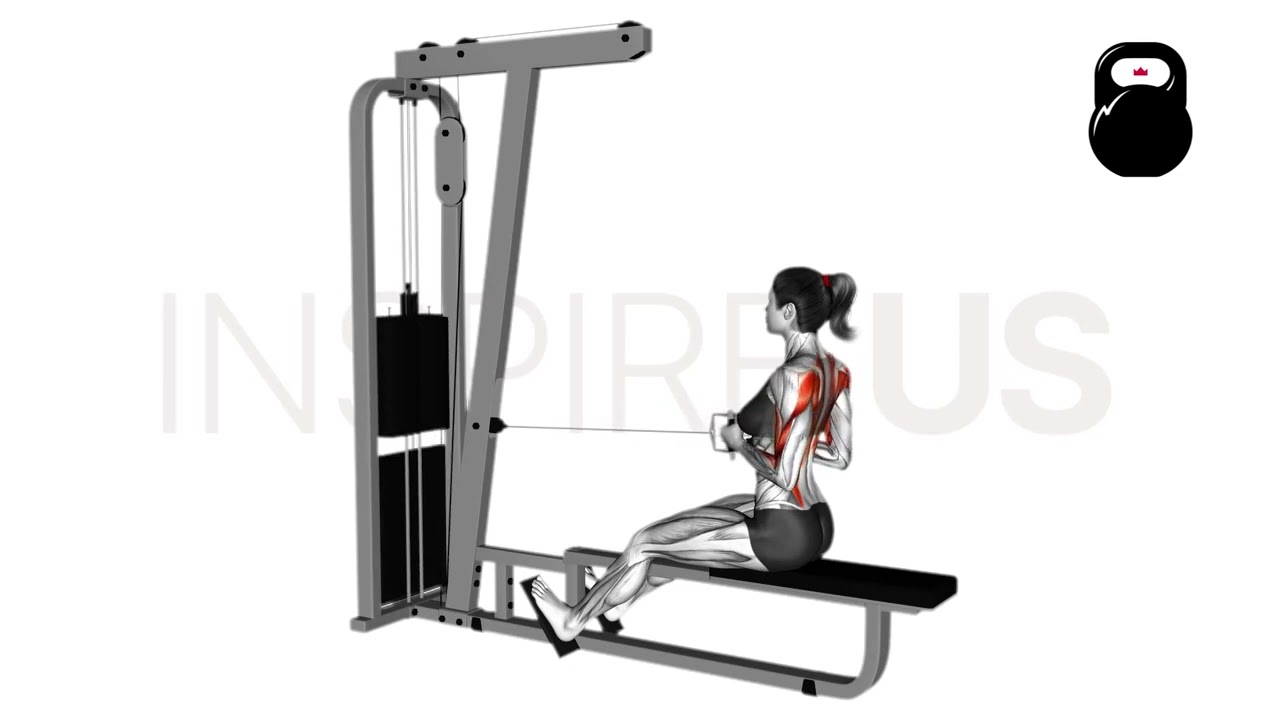3 Best Exercises for Back Thickness (with Pictures!)
Achieving a thick and muscular back requires the correct selection of exercises - preferably those that target many of the mid-back muscle groups that contribute to the appearance of thickness therein.
Closer-grip horizontal pulling exercises are the ideal, especially those that feature significant scapular retraction.
Some of the best exercises for back thickness include:
- The Bent-Over Row
- Close-Grip Cable Rows
- The Inverted Row
Best Exercises for Back Thickness
For a Classic Barbell Exercise: The Bent-Over Row
When it comes to building back thickness, few exercises compare to the classic barbell bent-over row.
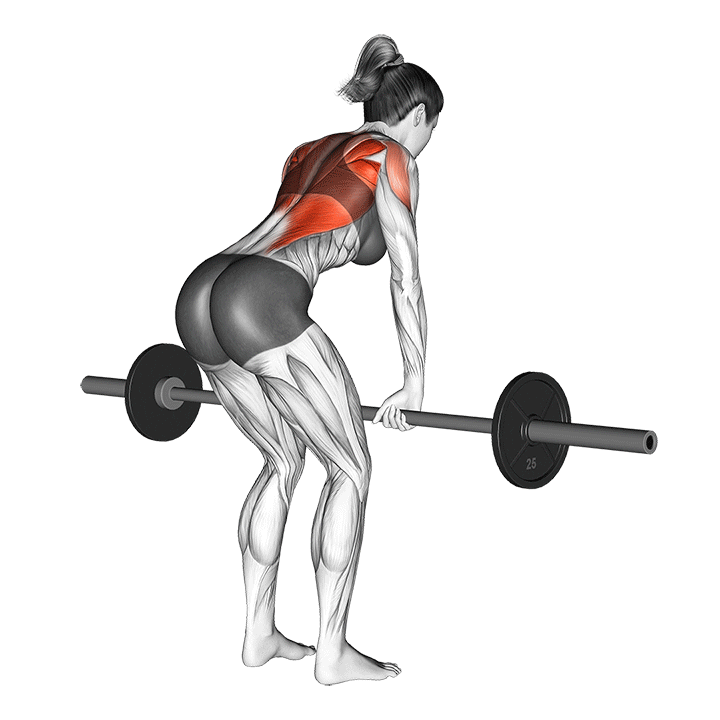
The bent-over row is a compound horizontal pulling exercise primarily working the trapezius, latissimus dorsi, the rotator cuff muscle group and others found along the middle-back.
The movement is considered a “classic” as it is likely one of the first horizontal pulling movements a lifter masters prior to specifying into more advanced barbell row variations. For the purposes of developing thickness and strength in the back, bent-over rows more than suffice.
Equipment Needed
The bent-over row will require a barbell and a set of weight plates.
Sets and Reps Recommendation
Bent-over rows are an exercise well-geared towards both volume and load. It is up to the lifter to decide which best fits their training style.
However, if undecided, 3-5 sets of 8-16 repetitions should be a good middle ground between both forms of training.
Common Mistakes to Avoid
Rounding the lower back and spine is a major cause for concern with the bent-over row.
Lifters should ensure their chest is pushed out and that their core is braced properly throughout the entire set.
How-to:
- To perform a repetition of the bent-over barbell row, the lifter begins by hinging forwards at the hips and drawing a loaded barbell off the floor, hands approximately shoulder-width apart in a pronated orientation.
- Squeezing the shoulder blades together, the lifter pulls the barbell towards their sternum - the elbows bending to the sides of the trunk without flaring them directly outwards.
- With the elbows parallel or behind the body and the barbell nearly touching the chest, the lifter then slowly reverses the movement by allowing the weight of the bar to extend their arms back beneath the trunk.
- Arms lengthened beneath the body and the barbell returned to its original position, the repetition may be considered complete.
For a Machine-Based Workout: Close-Grip Cable Rows
Whether as a secondary compound movement or for those advised to avoid free weights - another highly efficient builder of back thickness are close-grip cable rows.
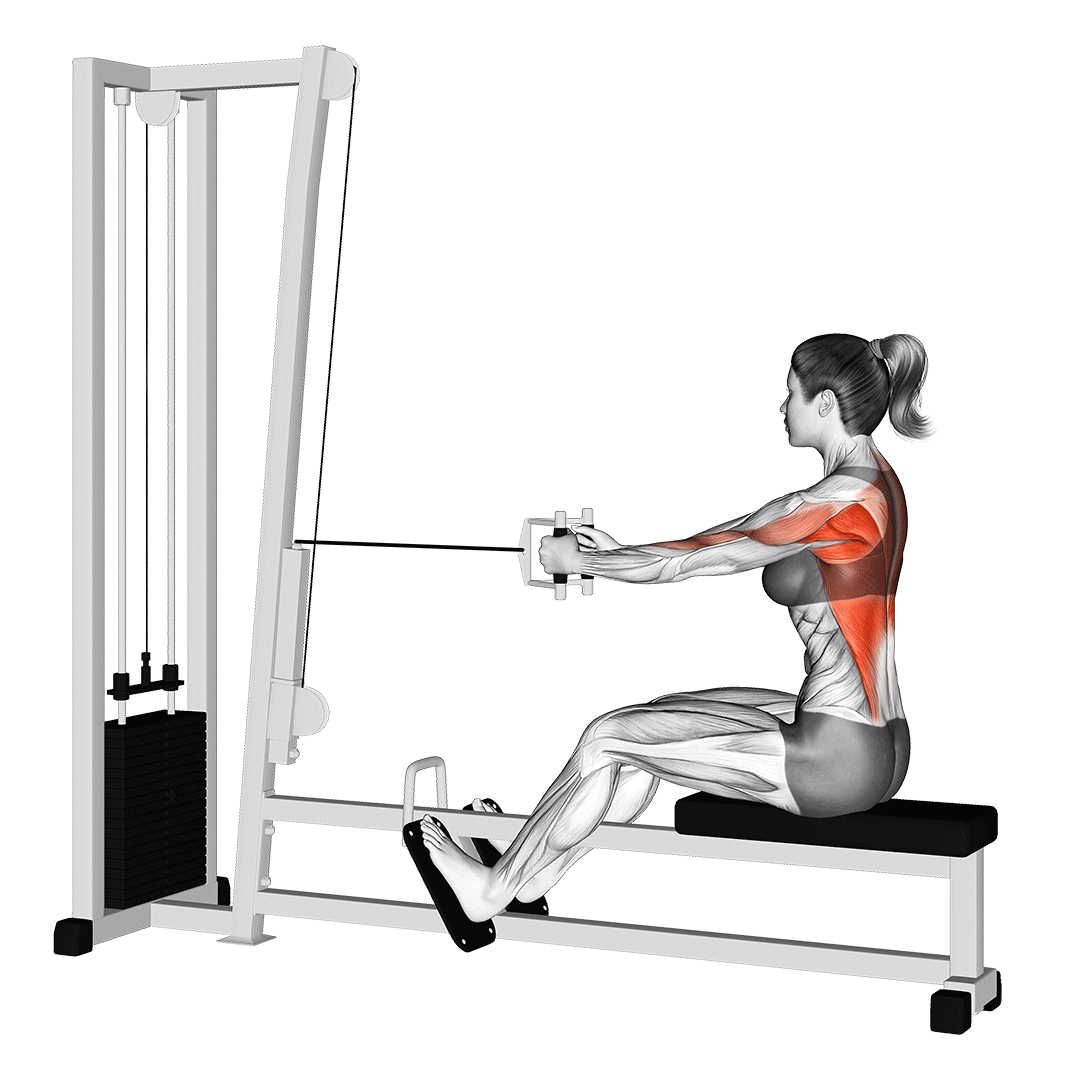
The close-grip cable row is quite similar to other horizontal pulling movements, where the primary mechanics of the movement are elbow flexion and scapular retraction.
However, unlike other row variants, the exercise is performed with the trunk vertically upright and the lifter themselves in a seated position.
While conventional cable rows are indeed an effective builder of the mid-back muscles, swapping to a close grip allows for greater emphasis on muscle groups other than the latissimus dorsi. This allows for even greater emphasis on the development of thickness while also maximizing loading potential.
Equipment Needed
Apart from a cable machine, a handle that allows for the adoption of a close hand position will also be needed. A V handle, double-ended rope handle or a pair of D handles are a few common examples.
Sets and Reps Recommendation
With the reduced stabilizer demands inherent to most cable machine exercises, cable rows allow for greater loading and volume than other types of row.
3-5 sets of 10-18 repetitions with a moderate or heavy load will help maximize back muscle development.
Common Mistakes to Avoid
Because of the vertical orientation of the trunk, lifters nearing muscular failure may unconsciously swing their torso at the hips or waist. As this generates force from muscles other than those of the back, the exercise will subsequently become less effective at building back thickness.
For the highest quality repetitions possible, the trunk must be kept stationary and leaned somewhat backwards. Bracing the core and making use of the provided footrests (if available) are excellent for maintaining the correct stance.
How-to:
- To perform a repetition of the close-grip cable row, the lifter will begin by seating themselves facing the cable, the handles held at arm's-length in either a pronated or neutral grip.
- Bracing the core, leaning the torso slightly backwards and squaring the shoulders, the lifter then pull the handle towards their chest.
As the elbows bend close to the sides of the trunk, the shoulder blades must retract simultaneously - resulting in full scapular retraction as the elbows bend behind the body. - Once the handles are nearly touching the chest and the shoulder blades are completely pinched together, the lifter allows the resistance of the cable to again pull their arms forwards.
- When the lifter has returned to their original stance at the start of the exercise, the repetition is complete.
For Bodyweight Athletes: The Inverted Row
In the event that no resistance training equipment is available, exercisers may instead perform the inverted row.
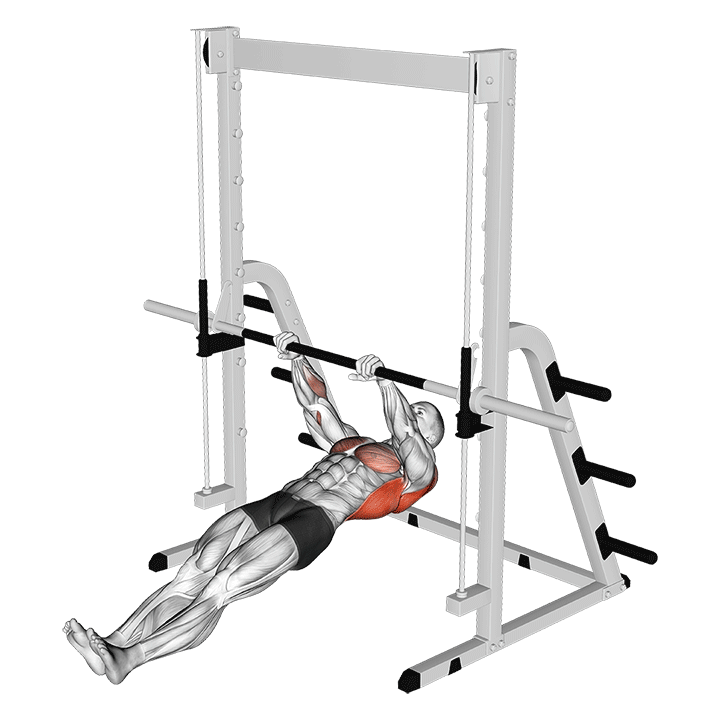
Inverted rows are a form of bodyweight horizontal pull involving the performer hanging from a bar chest-up as their feet rest on the ground. While in this position, they proceed to perform a row using their own body as resistance - hence the name “inverted” row.
Though less adjustable than a cable row and less effective than a barbell row, inverted rows are one of the few horizontal pulling exercises available for bodyweight athletes. This makes them invaluable for building back thickness.
Equipment Needed
Inverted rows will only require a handle set several feet off the floor. A barbell, a pair of gymnastic rings or even a sturdy mop handle wedged between two chairs can work.
Sets and Reps Recommendation
Like most other calisthenics exercises, the inverted row’s programming will be highly individual and based on the exerciser’s current strength capabilities.
However, a good starting point would be 3-5 sets of 6-10 repetitions unless otherwise able to perform more volume.
Common Mistakes to Avoid
The intensity of inverted rows is primarily dictated by how much of the body’s weight is distributed into the floor. The closer the feet are set to the hips the easier the exercise becomes.
While this can be perfect for novices without the necessary strength to perform inverted rows, more advanced athletes should avoid doing so in order to achieve sufficient training intensity for growth.
How-to:
- To perform a repetition of the inverted row, the exerciser lies down beneath the bar chest-up.
The hands should be set slightly wider than shoulder-width apart as they hold the bar in a pronated grip.
The legs should be extended straight along the ground, heels resting atop the floor for greater stability. - Contracting the abdominal muscles and squeezing the glutes so as to form a line with the entire body, the exerciser initiates the pull by retracting their shoulder blades and pulling their chest towards the bar.
- As the chest approaches the bar, the exerciser bends their elbows behind the body while tucking them close to the sides.
- Having reached the midpoint of the repetition, the exerciser then reverses the movement in a slow and controlled manner - extending their arms once more as the scapula disengages. This completes the repetition.
How to Pick the Right Exercise for Back Thickness
So long as the exercise is a compound horizontal pull, it will build thickness in the middle and upper back.
The best exercise of this nature is one that allows for significant loading and intensity - such as the classic bent-over barbell row.
A few similar barbell row variations like the Yates row or T-bar row also share the crown as the best back thickness builder, though it ultimately comes down to personal preference.
Remember to speak to a medical professional prior to attempting any of the exercises listed in this article, especially if you have a history of lower back, rotator cuff or shoulder injuries.
References
1. Nieto-Acevedo, Raúl, Blanca Romero-Moraleda, Almudena Montalvo-Pérez, Carlos García-Sánchez, Moisés Marquina-Nieto, and Daniel Mon-López. 2023. "Sex Differences in the Load–Velocity Profiles of Three Different Row Exercises" Sports 11, no. 11: 220. https://doi.org/10.3390/sports11110220

